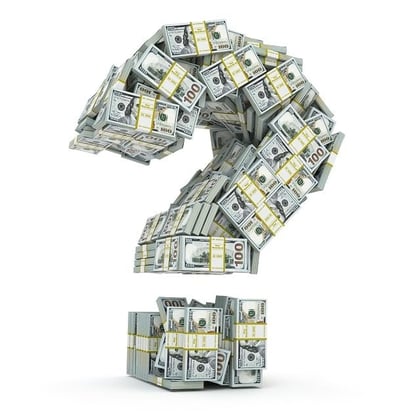What You Need to Know
- One factor in current inflation is supply chain issues in the wake of strong consumer demand. Worker shortages are another.
- The Federal Reserve has raised its benchmark interest rate for the first time in several years to fight inflation.
- Inflation can have an impact on your client’s investments and their retirement.
So far, 2022 has brought the highest levels of inflation in decades. But it has showed signs of easing in recent months.
The Consumer Price Index for All Urban Consumers (CPI-U) rose 0.1% in August after remaining flat in July. The all-items index rose 8.3% over the last 12 months, compared with 8.5% for the 12 months ended in July.
In June, prices rose 9.1% from a year earlier before a seasonal adjustment, the biggest 12-month price increase since November 1981. Prices rose 1.3% from May to June.
The CPI data for May showed that prices rose 8.6% over the past year before a seasonal adjustment, and 1% from April to May.
In April, the consumer price index rose 8.3% from a year earlier and 0.3% from March.
Inflation has affected virtually all sectors of our economy. We’ve seen higher prices at the grocery store, in the housing market and for travel. If you can even find one, prices for new cars are through the roof.
The increase for Social Security benefits for 2022 reflected this with a cost-of-living adjustment of 5.9%, the biggest since 1982.
The COLA for 2023 is projected to be even bigger. The Senior Citizens League in September projected an 8.7% COLA for retirees next year. In June, Social Security Administration Chief Actuary Stephen Goss recently predicted the increase could be 8% or more if inflation continues at high rates.
The impact of higher inflation and the Federal Reserve’s effort to combat it by raising interest rates have taken a toll on the stock market as well.
Let’s take a look at inflation in general and at the 2022 version specifically.
What Are the Root Causes of Inflation?
At its core, inflation is about supply and demand. If there is a high demand for a good or a service and it’s in short supply, then the price will invariably be driven higher.
More specifically, there are three main drivers of inflation:
- Cost-push inflation results from higher costs driving up prices. This might involve the cost of raw materials or wages. In our current environment, we’ve seen higher costs for both wages, due to shortages of workers in many industries, and many raw materials. An example is semiconductors, a key component for cars and a host of other products.
- Demand-pull inflation is the classic “too much money chasing too few goods” scenario. When there is demand in excess of supply, we get demand-pull inflation. We’ve certainly seen this type of inflation in large part due to supply chain issues that have dominated the news in recent months.
- Fiscal and monetary policy can play a role as well. The low interest rate environment, combined with the liberal Federal Reserve policy toward its balance sheet that we’ve seen until recently, likely helped fuel demand and price inflation in the housing market and other areas over the past few years.
How Does Inflation Affect the Economy?
Inflation can have both a positive and a negative impact on the economy.
Some inflation is good for the economy. The Federal Reserve has typically set its target rate of inflation at 2%. Inflation at a mild level like this leads to normal price increases over time and helps stimulate purchasing by consumers who believe that we will continue to see regular, moderate price increases.
When inflation reaches high levels and is widespread, the impact can be very negative. Many consumers will feel the pinch in their monthly budget and be forced to cut back on their spending; this hurts them and the overall economy.
High inflation and higher interest rates can go hand in hand. Higher interest rates can make borrowing for major purchases such as a car or a home more expensive and cost-prohibitive for some.
Continued high inflation, if left unchecked, can lead to a recession.









 May 27, 2022 at 04:21 PM
May 27, 2022 at 04:21 PM











